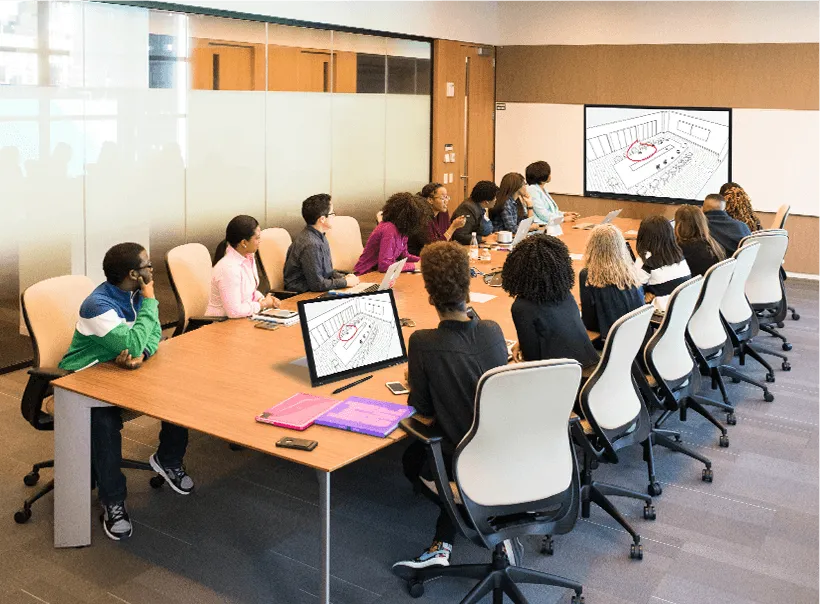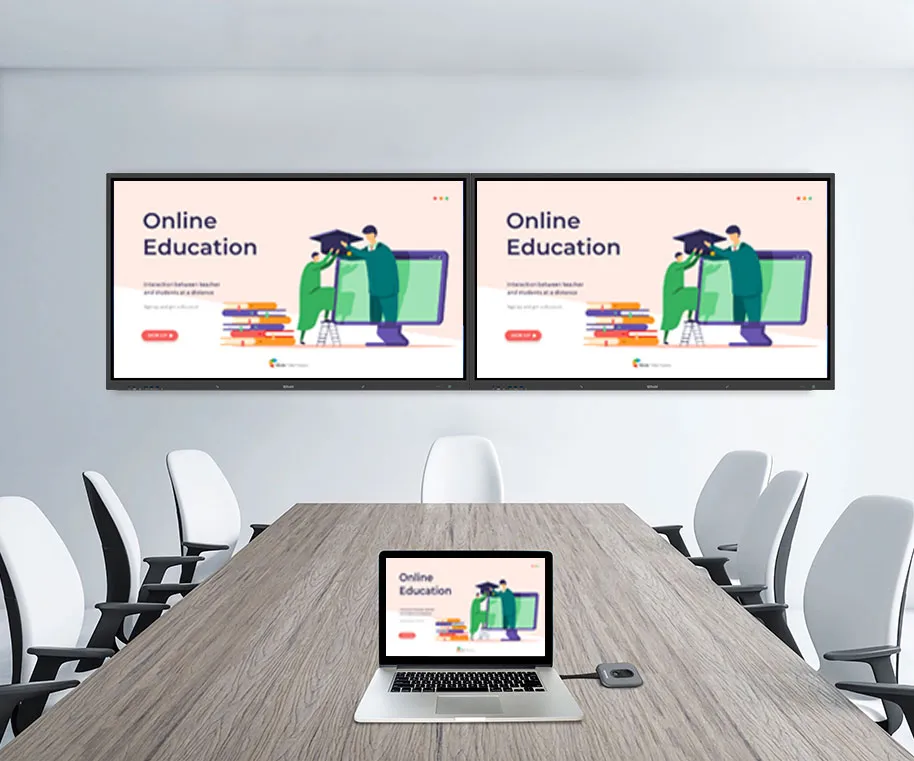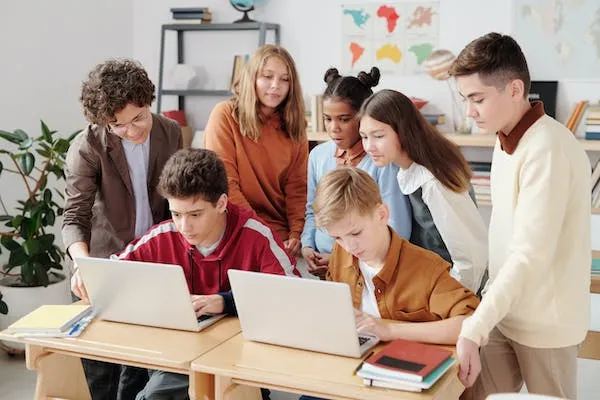Today, we're tackling a biggie—cooperative learning. This isn't your traditional stand-and-deliver teaching. Nope, we're talking about students rolling up their sleeves and working together, kind of teaching. It's all about tapping into those vibrant group dynamics to boost learning. So, let's break down the what, why, and how of making cooperative learning a hit in your classroom.
Imagine this: students working in buzzing little groups, each person bringing something to the table (literally and figuratively). That's cooperative learning in a nutshell. But it's not just any group work. It's about creating short-term teams tackling specific goals or mastering new skills. And here's the kicker—it puts students in the driver's seat of their own learning journey. They're not just passive passengers on the learning bus; they're co-pilots.

Remember the learning pyramid? It shows us that students retain a whopping 90% of what they learn when they teach others or immediately apply it.
That's the magic of cooperative learning—it makes students active participants. Instead of merely memorizing facts, they're crafting skills that stick. They're engaging, discussing, and learning by doing. And let's not forget the social skills, critical thinking, and problem-solving abilities they're honing along the way.
· Think-Pair-Share: Start with a prompt. Students ponder it, pair up, and then share their thoughts. Great for kick-starting discussions. This method encourages active participation and allows students to benefit from diverse perspectives.
· Think-Pair-Square: It's like leveling up from pairs to a foursome, sharing insights and deepening the conversation. This approach promotes deeper collaboration and encourages students to explore multiple viewpoints.
· Turn to Your Neighbor: A quick brainstorming duo. Pose a question, and students chew it over with their nearest classmate, fostering immediate engagement and allows students to quickly share ideas and build upon each other's thoughts.
· Fishbowl Debate: Dive into debates with this setup. Small groups tackle big topics, then share their insights, lighting up the whole classroom with fresh perspectives, which promotes critical thinking and communication skills while encouraging respectful discourse among peers.
· Buzz Groups: Present a problem, and let the groups buzz with solutions. Each team takes a unique stance, bringing varied solutions to the table, thus encouraging creativity and teamwork as students collaborate to find innovative solutions to challenges.
· Jigsaw Method: Divide and conquer complex issues by breaking into expert groups and then reshuffling to spread the knowledge. This approach promotes mastery of content as students become experts in specific topics and teach their peers, fostering a collaborative learning environment.

Grouping students can be straightforward or strategic. You could go random, with a simple count-off, ensuring a mix-up. Or, get tactical with it:
· Homogeneous Grouping: Pair high achievers or those needing a boost together, catering to specific learning levels. This approach allows for targeted instruction and peer support among students with similar abilities.
· Heterogeneous Grouping: Mix things up for a rich blend of insights and skill levels—a real-life skill builder. This method fosters collaboration and empathy as students learn from one another's diverse perspectives and experiences.
· Interest-based Grouping: Group students by their passions. Whether it's TikTok or K-Drama, shared interests can fuel engagement. This strategy enhances motivation and encourages active participation by allowing students to explore topics they are passionate about.
· Learning Styles: Use students' preferred learning methods to group them. It's all about playing to their strengths. By accommodating different learning styles, students can maximize their understanding and retention of material.
And hey, why not let students pick their own groups now and then?
Giving them choice can ramp up their commitment to the task at hand.
Let students to take ownership of their learning experience and fosters a sense of responsibility and accountability.
Technology integration is a common way for enhancing experience in collaborative learning. Technology enhances engagement, communication, and knowledge sharing among students. Here are several strategies to incorporate technology into collaborative learning:
Communication Tools: Utilize platforms like Zoom, Microsoft Teams, or Google Workspace for real-time communication, file sharing, and collaborative document editing. Thus enriching the learning area from offline classroom to online teaching occasions, the collaborative learning will not be limited by location.
Project-Based Work & Learning: Implement project management tools such as Trello or Asana to organize tasks, track progress, and facilitate teamwork. Or, we can also choose wireless sharing devices like IQShare WP40 to foster group sharing during group learning occasions.
Immersive Learning Tools: Explore immersive technologies like virtual reality (VR) , augmented reality (AR) or interactive flat panel like IQTouch series for interactive simulations, virtual field trips, or collaborative problem-solving activities.
Game-Based Learning: Integrate game-based platforms such as Prodigy, Kahoot, or Quizizz to gamify learning activities, foster competition, and encourage teamwork. Besides, we can also add interactive learning tools like IQClick interactive response system to assist teachers gather results and increasing interactive within classroom.

By leveraging technology tools and platforms, educators can create dynamic and interactive collaborative learning environments that promote active participation, knowledge exchange, and skill development among students.
Cooperative learning isn't just a nice-to-have; it's a must-do in today's classroom. As we look to foster collaboration and nurture essential 21st-century skills, letting students learn together is key. Gone are the days of solo slogs through textbooks. Here to stay are vibrant, interactive classrooms where learning is a shared adventure. So, why not give these strategies a go? Your students will not only learn more effectively but they'll also have a blast doing it.
Remember, if you're keen to keep exploring innovative teaching strategies, hitting that subscribe button goes a long way. Here's to making learning more engaging, one group at a time.
Here are some other articles that we think might interest you:
The Integration of Active Learning and Technology in Collaborative Lessons
Maximizing Collaboration: The Best Smartboard Interactive Flat Panels of 2024
Copyright © 2017.Returnstar Interactive Technology Group Co., Ltd All rights reserved.
